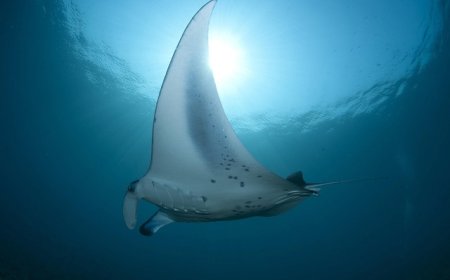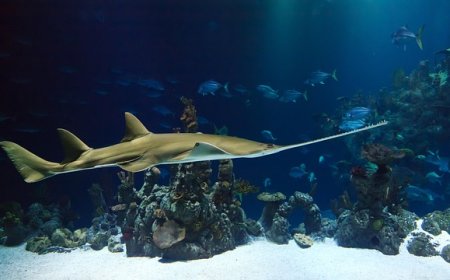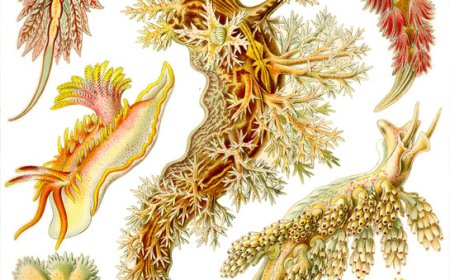All About Beluga Whales for Students: The Canaries of the Sea
Explore the life of beluga whales in this full-length student article. Learn about their Arctic habitat, vocal abilities, family pods, and conservation. Includes quiz, vocabulary, and a kid-friendly summary!

🐋 Beluga Whales: The Canaries of the Sea
Beluga whales are small, white whales famous for their vocal songs, friendly faces, and ability to live in icy Arctic waters. Often called the “canaries of the sea,” they make hundreds of sounds, including whistles, clicks, chirps, and squawks.
Belugas are toothed whales related to narwhals. They can turn their heads, making them expressive and playful. They live in cold regions but are social animals that swim in family pods.
🌍 Habitat and Geographic Range
Belugas live in Arctic and sub-Arctic regions, especially near:
- Northern Canada
- Alaska (USA)
- Greenland
- Russia and Norway
They prefer shallow coastal waters, estuaries, and river mouths in summer. Some migrate, others stay year-round.
Belugas swim under sea ice using cracks called leads to breathe. They can break thin ice with their heads.
🎙️ Sounds and Communication
Belugas are very vocal marine mammals. Their sounds include:
- Whistles
- Clicks
- Chirps
- Pops and moos
They use sounds to stay in contact, navigate and hunt with echolocation, communicate emotions, and recognize individuals.
Early sailors called them “sea canaries.” Each may have a unique “name” call.
🐟 Diet and Feeding Behavior
Belugas are carnivores. They eat:
- Fish (salmon, cod, smelt)
- Squid and octopus
- Crustaceans (shrimp, crabs)
- Worms and snails
They use echolocation to find prey. They grab food and swallow it whole.
Belugas adapt their diet to what’s available.
🧥 Adaptations and Physical Features
Belugas are suited for cold seas:
- White skin for camouflage
- Thick blubber up to 5 inches thick
- Flexible necks to nod and turn heads
- Dorsal ridge instead of a fin
- Melon for echolocation
- Wide flippers and flukes for steering
They shed outer skin each summer by rubbing on rocks.
👥 Social Behavior and Pod Life
Belugas are social and live in pods of 2–25, sometimes hundreds.
Pods contain females, calves, juveniles, and bachelor males.
- They use calls and body movements to stay connected.
- They play, chase, and rub against each other.
They are curious and sometimes interact with humans.
🍼 Life Cycle and Reproduction
Belugas give birth in shallow estuaries after a 14–15 month pregnancy.
- A single calf about 5 feet long and dark gray
- Calf nurses for 12–24 months
- Mother and calf stay together at least 2 years
Belugas mature at 7–14 years and live up to 60–70 years in the wild.
⚠️ Threats and Conservation
Belugas face:
- Climate change affecting ice and prey
- Ship noise disrupting echolocation
- Pollution (mercury, chemicals)
- Oil and gas exploration
- Hunting by some Indigenous communities
Some populations, like Cook Inlet belugas, are critically endangered.
Conservation includes protected areas, acoustic research, pollution limits, and working with Indigenous communities.
🎉 Fun Facts About Belugas
- They can swim backward.
- Their heads change shape when they sound.
- They blow bubbles for fun.
- They are the only whale with a fully flexible neck.
- Some imitate human voices.
🧠 Vocabulary List
- Echolocation – using sound to find objects
- Pod – a group of whales
- Melon – fatty area for sound
- Estuary – where a river meets the sea
- Blubber – fat that keeps animals warm
- Dorsal ridge – low back ridge instead of fin
- Carnivore – an animal that eats meat
- Calf – a baby whale
- Canary of the sea – beluga nickname
- Adaptation – a feature that helps survival
✅ Beluga Whale Quiz: Are You Arctic-Smart?
1. What color are adult belugas?
A. Gray
B. Black
C. White
D. Blue
2. Why are belugas called “canaries of the sea”?
A. They fly
B. They chirp like birds
C. They are yellow
D. They are small
3. What helps belugas survive in cold water?
A. Blubber
B. Feathers
C. Scales
D. Hair
4. What is a baby beluga called?
A. Pup
B. Chick
C. Calf
D. Cub
5. How do belugas find food in the dark?
A. Flashlights
B. Sharp eyes
C. Tusks
D. Echolocation
🧒 Kid-Friendly Summary
Belugas are white Arctic whales with big smiles and many sounds. They live in pods and swim, play, and talk underwater.
They eat fish and squid, stay warm with blubber, and love shallow rivers in summer. Pollution and climate change threaten them, but people work to keep them safe.




















































